Sedum hidakanum
Sedums
The genus Sedum is a large one, however the border benefits mainly from two species, the European Sedum telephium and the Japanese Sedum spectabile. They would have been referred to as Ice Plants in Grannie’s Garden.
Quite apart from their beauty, every garden should have some sedums on account of their being fantastic late nectar sources for bees and butterflies. Whenever you look at the broad flowering heads they are absolutely heaving with insect life.
All sedums thrive in well drained fertile soils and even do well in quite impoverished soils. They are very hardy and reliable increasing reliably year on year. Just chop them back when they begin to look untidy every year.
If you are of a mind that your Sedums are too floppy by Autumn, chop them to the ground in May (The Chelsea Chop) and your plants will be more compact when they flower in late Summer.
As members of the Crassulaceae family, Sedums are able to take advantage of Crassulacean Acid Metabolism, a mechanism that has evolved to increase photosynthetic efficiency in arid conditions. Water loss through a leaf’s breathing pores (stomata) can be a problem for any plant living in arid conditions – one of life’s necessary evils, the pores need to be open to let in CO2 and let O2 out, but let out water at the same time. Many silver leaved plants cope by having hairy leaves that reduce air flow across the leaf surface and thus reduce transpiration. Crassulaceae cope in a different way. They have developed thick waxy coatings on the leaf and keep the pores closed during the day. During the cooler night they open their stomata and let air in. They then fix the CO2 into malate, which is then available to be used in photosynthesis during the daytime. In this way they can cope with very arid conditions.
Photosynthesis is the process whereby plants use sunlight to bind water and carbon dioxide into the sugar glucose. It is the primary way in which the whole world’s ecosystem fixes the energy from the sun into a useable form for life and has created all of the oxygen that we breathe.
It follows the equation : 6CO2 + 6H2O = C6H12O6 + 6O2
( 6 x Carbon Dioxide + 6 x Water creates Glucose + 6 Oxygen )

















































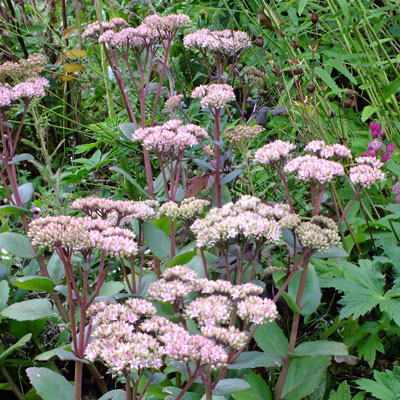

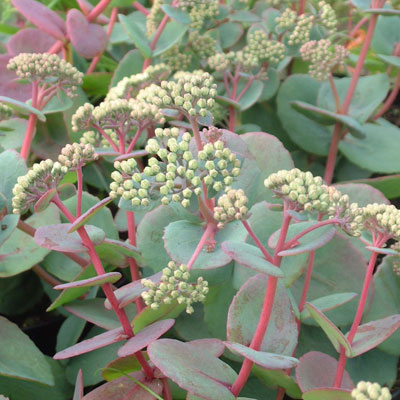
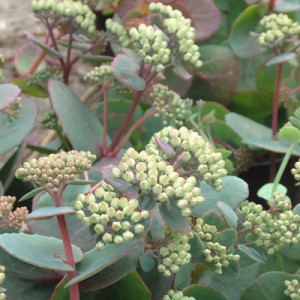
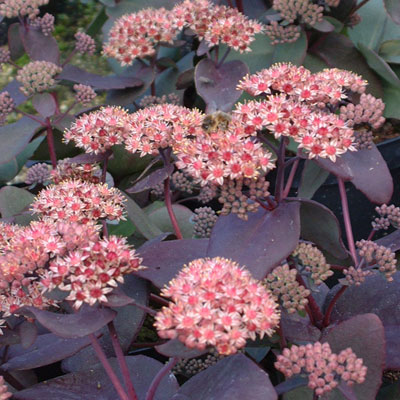

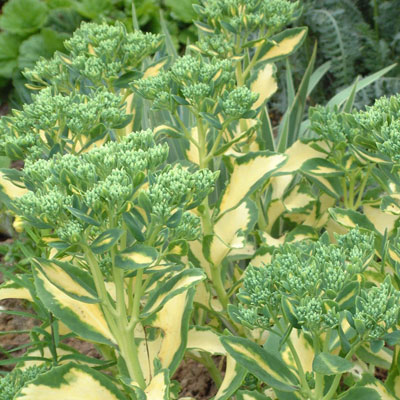
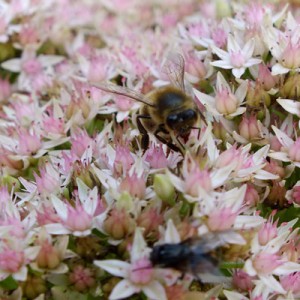
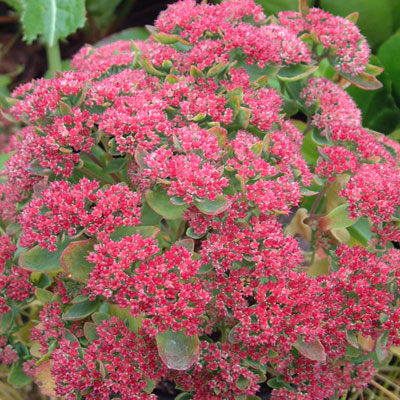
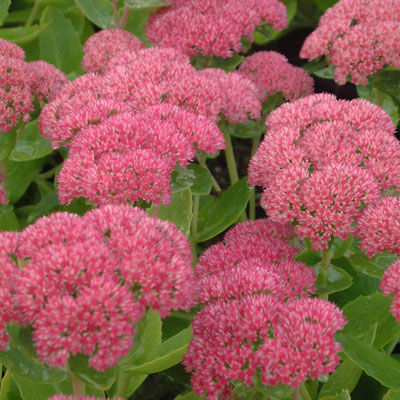
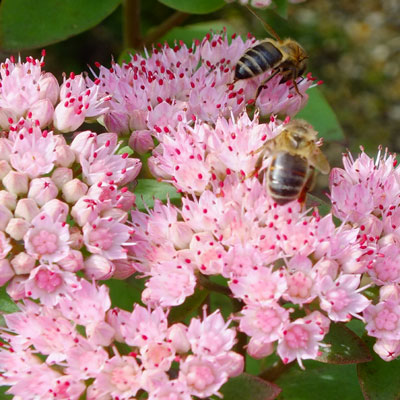
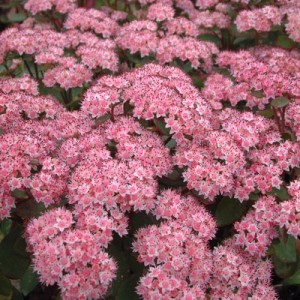
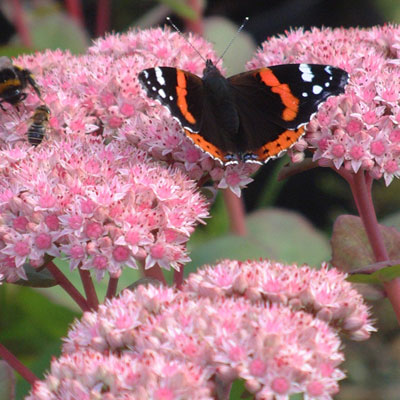

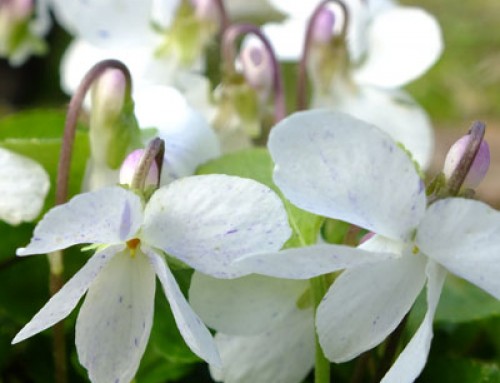

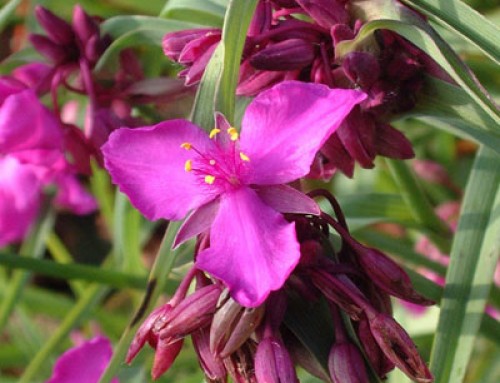
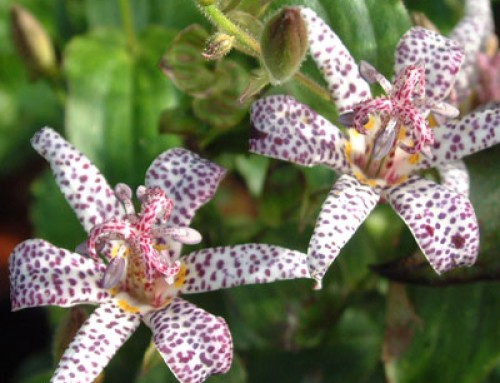
Leave A Comment
You must be logged in to post a comment.